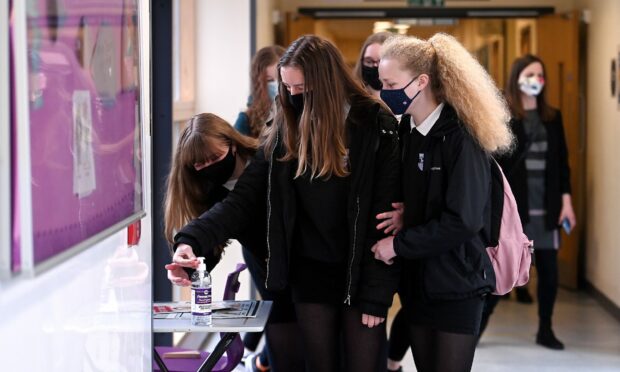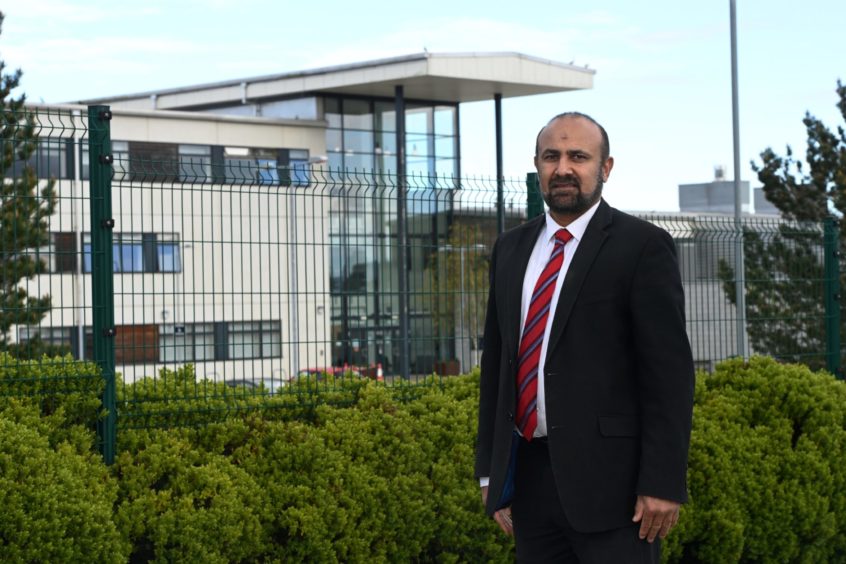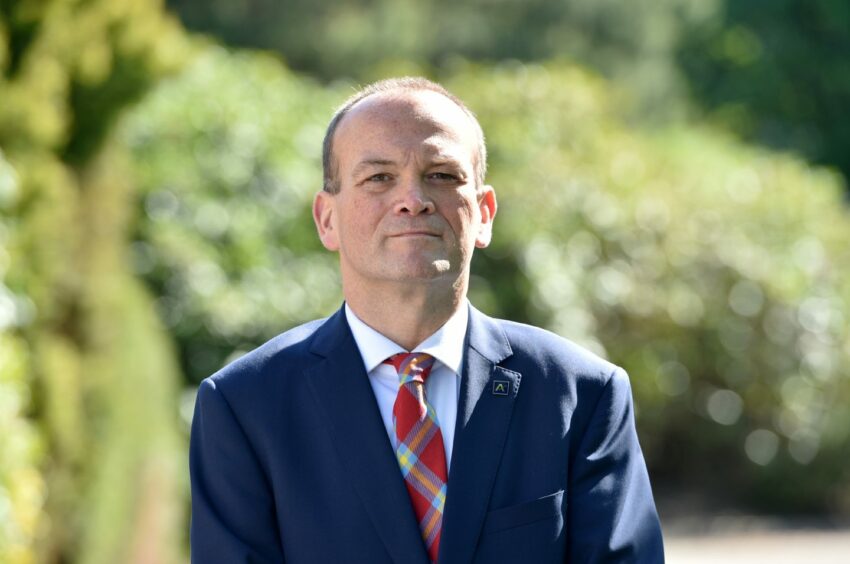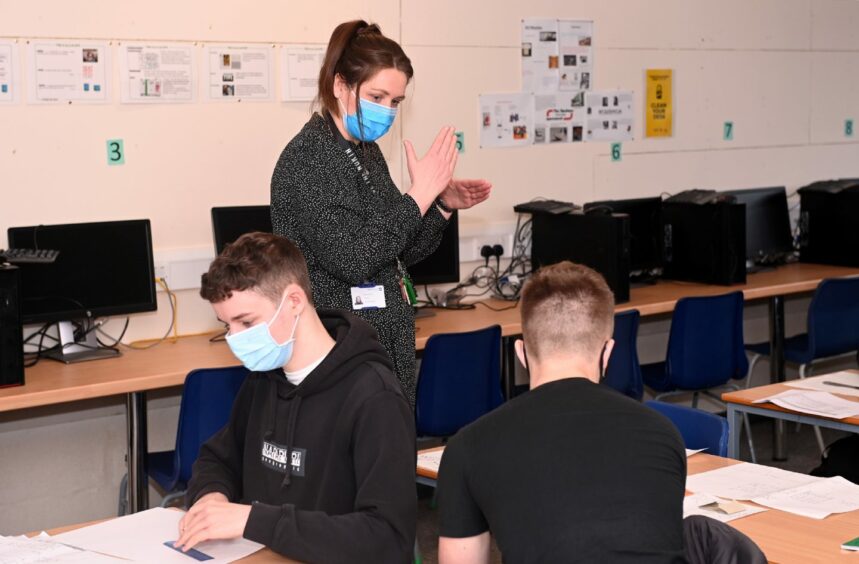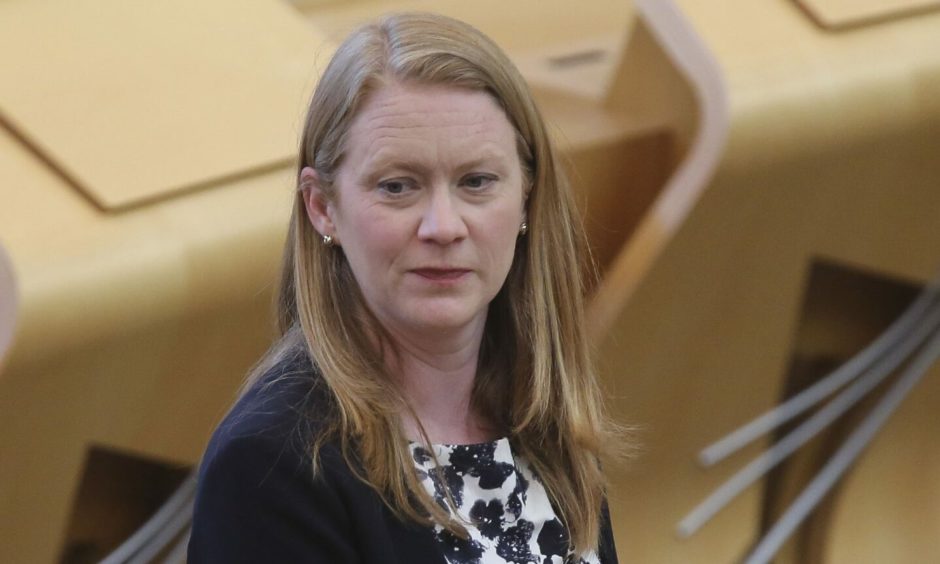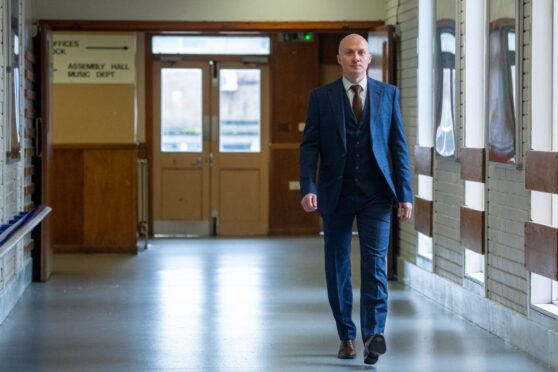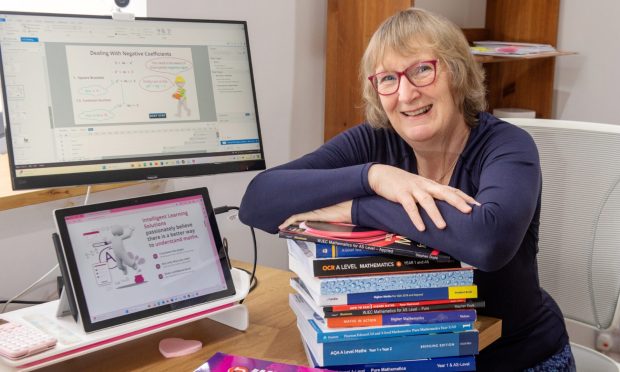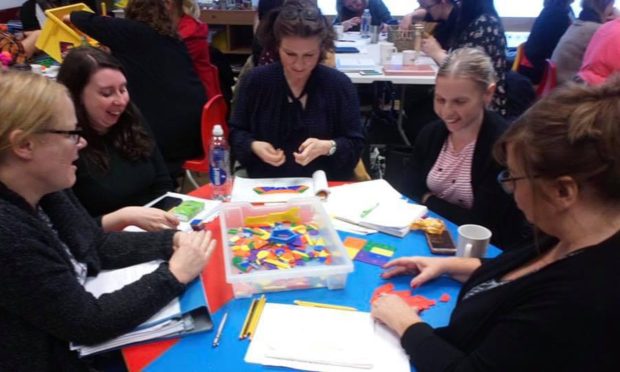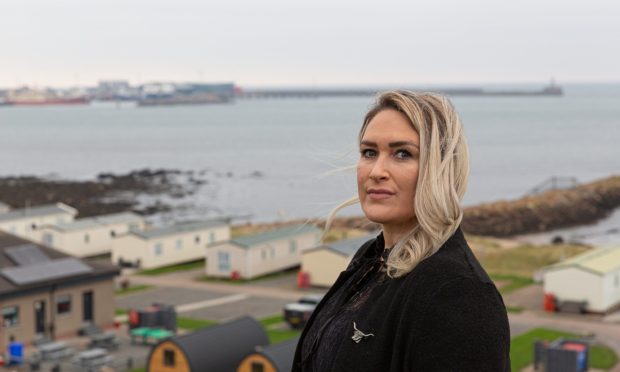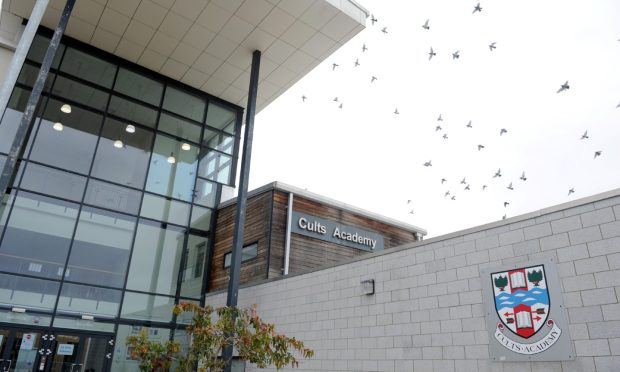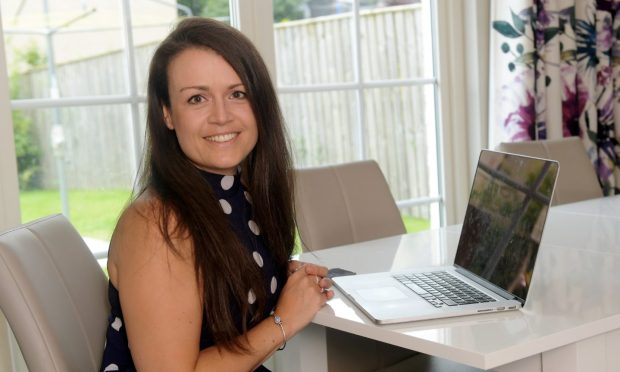More school leavers across the north and north-east are going on to “positive destinations”, according to new figures.
Data issued by the Scottish Government show that 95.4% of those who left schools in Aberdeen went into jobs, further training or education in 2020/21.
The Granite City’s rate for 2019/20 was 90.3%.
The upward trend was echoed in Aberdeenshire, Highland and Moray with reporting improvements on the previous year’s figures.
According to the statistics 96.2% of youngsters in Aberdeenshire, 94.3% in
Highland and 94.1% in Moray went on to so-called “positive destinations” three months after leaving school.
East Dunbartonshire recorded the highest percentage of pupils moving on to work, training or education with a rate of 98.6%
It was followed by South Ayrshire with a rate of 98.3%. West Dunbartonshire had the lowest with a percentage of 91%.
The Scottish average for young people going into jobs, training or further education was 95.5% which is up from the previous 92.2%.
Education secretary Shirley-Anne Somerville said the improvement in the national figures reflected the “resilience and hard work” of pupils.
Council education bosses ‘proud’
The councillor heading up education for Aberdeen City Council, M. Tauqeer Malik, has welcomed the increasing numbers going on to work or education.
He praised the efforts of the pupils and staff for helping young people in the city achieve.
Councillor Malik said: “This is really good news for our school leavers and our schools.
“The figures show this is the highest destinations data we have ever had thanks to the hard work of school staff and partners and we thank everyone involved for their support and help, and wish all the best in the future for our school leavers.”
North and north-east above the national average
Aberdeenshire Council’s education director Laurence Findlay said he was “proud” of the area’s pupils.
Laurence Findlay, director of education and children’s services for Aberdeenshire Council said he was “proud” of the work taking place in schools.
He said: “The percentage of young people across Aberdeenshire going on to a positive post-school destination continues to be above the national average and we’re very proud of that.
“Colleagues continue to go above and beyond on behalf of children and young people and we’re very grateful for that along with the strong partnership approach we have with parents and carers.”
A spokeswoman for Moray Council praised everyone connected with education in the region.
She said: “It’s welcoming to see an increase in the number of young people entering positive destinations – the highest percentage we’ve seen since 2017/18, despite a period of extended disruption as a result of the pandemic.
“Thanks to all of our partners, including Skills Development Scotland, and of course our colleagues in schools who are working with young people to support positive academic and vocational pathways.”
Charity hails improvements for ASN pupils
The percentage of young people across the country with additional support needs (ASN) moving on to positive destinations last year was 92.8% compared to 89.6% in 2019/20.
The Scottish Children’s Services Coalition, which is made up of different organisations, said they “greatly welcomed” the figure.
A spokesman for the group said: “We greatly welcome the increase in school leavers with additional support needs (ASN), such as autism, dyslexia and mental health problems, entering a positive destination three months after leaving mainstream school.
“This includes the likes of further education, higher education, employment and training.
“The key here is to ensure that we maintain this position when the statistics are published for those in a positive destination nine months after leaving school.”
Pupils faced ‘two turbulent years’
Scotland’s education secretary Shirley-Anne Somerville said it was vital to look at the data with the coronavirus crisis in mind.
Ms Somerville said: “Despite the challenges of the pandemic, 95.5% of pupils were in positive destinations three months after leaving school.
“This reflects the resilience and hard work of our young people and all who have supported them during the past two turbulent years.
“Our focus remains on ensuring that all children and young people, regardless of their background, have the opportunities they need to fulfil their potential in school and beyond.”
More from the School and Family team
CHECK: When will you sit your exams in 2022? SQA publish timetable
The P&J investigates: Why are other countries’ school pupils outperforming ours?
